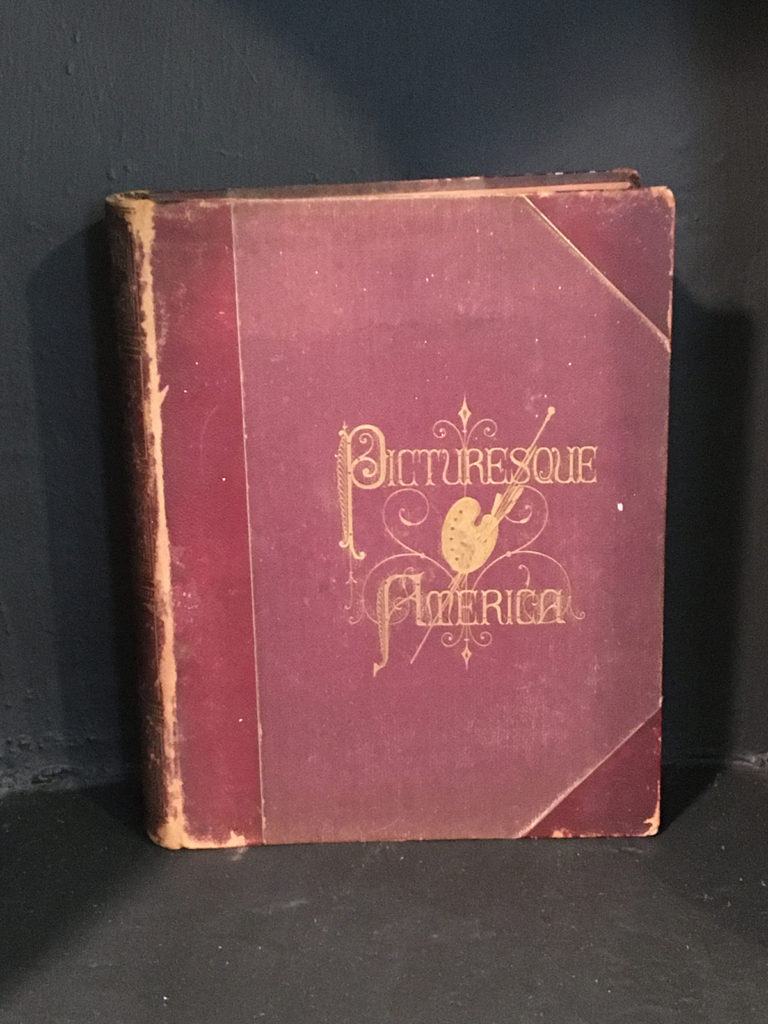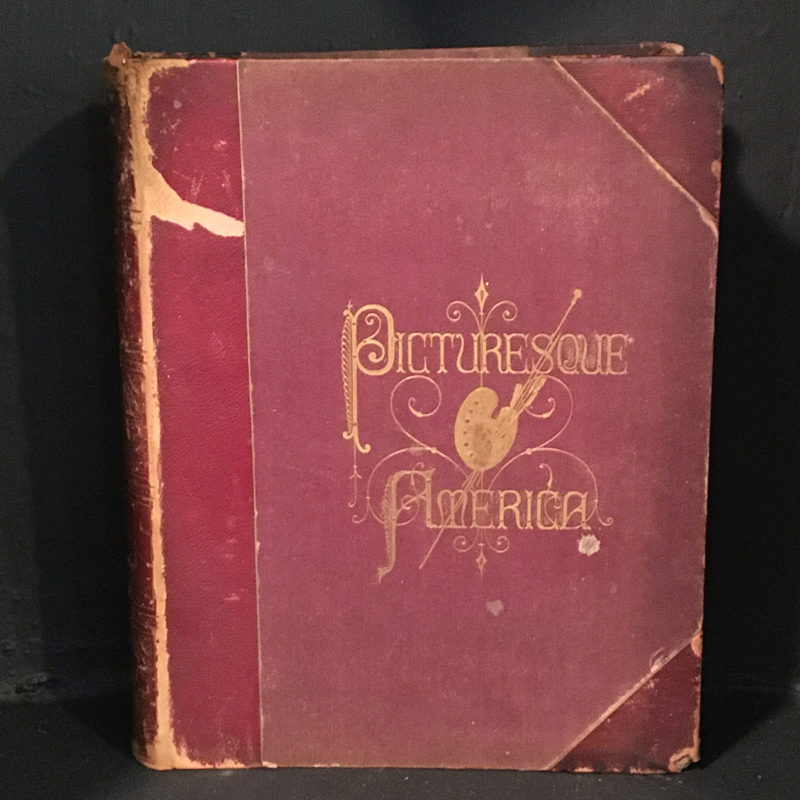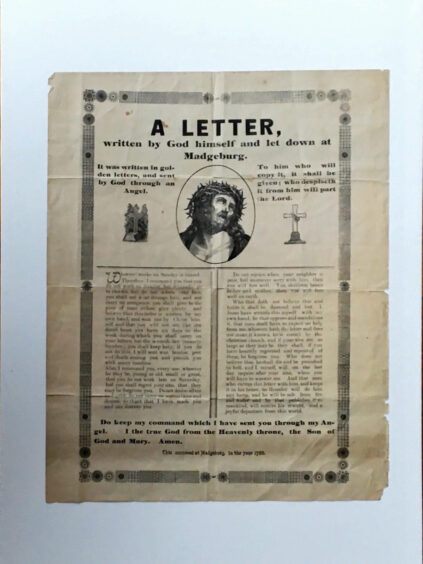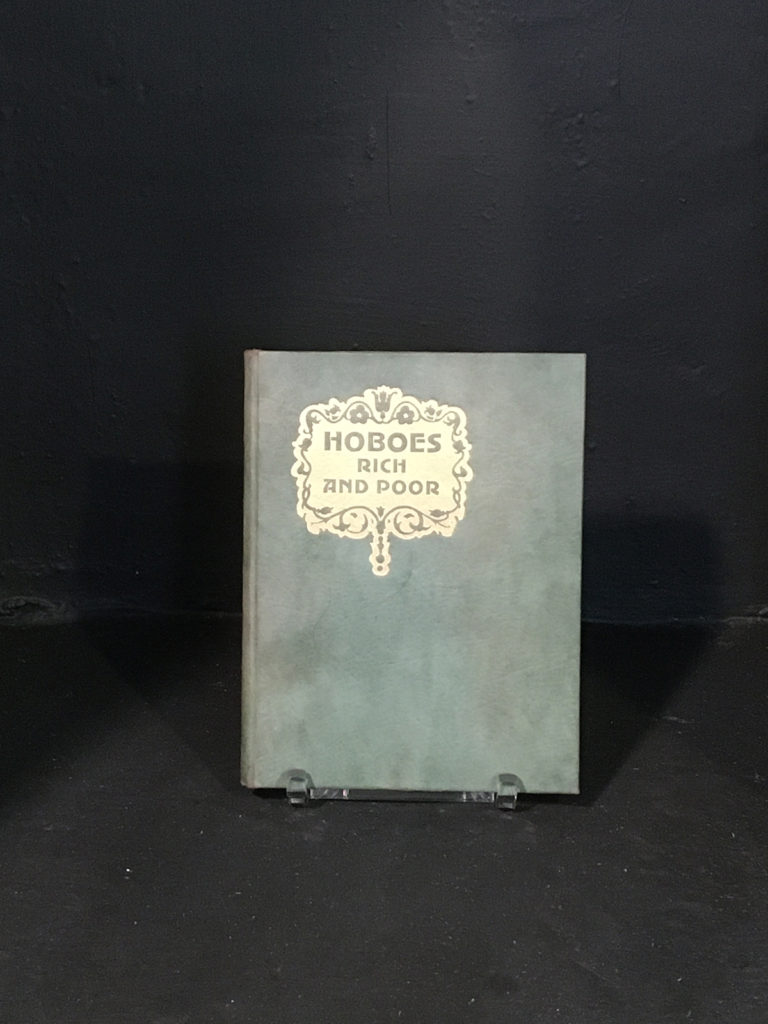Rosario Candela : The Military Ciphers of Commandant Bazeries [ Cryptography , Manuscript Pages ]
$300
Out of stock
Description
A scarce, excellent essay on military cryptography by famous architect Rosario Candela with original manuscript cipher keys
Candela, Rosario. The Military Ciphers of Commandant Bazeries : An Essay in Decrypting. New York : Cardanus Press. 1938. First edition.
“Cryptograph…itis, we are borrowing the word from Bazeries himself — it is a sort of subtle, all pervading incurable malady.”
An unusual explanation and examination of cryptography by New York architect Rosario Candela utilizing the supposedly unbreakable ciphers of French Commandant Bazieres. A historical researcher as well as a military officer, Bazeries was the author of the highly influential codebreaking book Les Chiffres Secrets Devoiles, the first known person to break the “Grand Chiffre de 1691” code utilized by King Louis XIV, and a critic of historical and current French encoding methods. (Notably, he blamed Napoleon’s loss at Waterloo on his poor code craft).
In 1898, Bazeries proposed the French military adopt his unique method of creating ciphers using only pencil, paper, and a keyword, offering them some test examples. Furious that the government rejected his code for lack of security despite being unable to solve it themselves, Bazeries published his proposed method and a group of four ciphers, the last of which was unsolved until this English language translation and criticism from Rosario Candela.
Candela, a Sicilian immigrant better known for his residential apartment buildings, taught himself cryptography out of a mixture of boredom, curiosity, and the stagnation of the Great Depression. Self-taught from a variety of French and Italian books he imported from Europe, Candela was a skilled code breaker and manages to provide a thorough overview and analysis of the strengths and weaknesses of Bazeries’ system.
Rosario Candela was so successful in his efforts that he began to teach a class on cryptography at Hunter College in 1941 — the first public course of its type in the United States — and was later tasked with assisting the Office of Strategic Services, OSS, in World War II.
This copy includes three pages of handwritten cryptography work notes including a full page demonstrating the Russian cipher system used on the Eastern Front in WWI, apparently borrowed from “Contributions of the Cryptographic Bureaus In The World War” by Swedish cryptographer Yves Gylden, translated and printed in English in the Navy Signal Corps Bulletin in 1935. These pages are presumably the work of an as-yet-unidentified former owner.
8vo, 137 pp, blue cloth boards with title and author gilt to spine. Bookblock toned with spotting. Some spotting to pastedowns and endpapers, contemporary booksellers sticker and manuscript chart envelope affixed with glue to back pastedown. Envelope contains three printed cardstock decryption keys. Also incudes sheets of handwritten decryption efforts on graph paper. Very good condition.
If you liked this book, you might also like this signed first edition of Raymond Weaver’s influential biography of Herman Melville


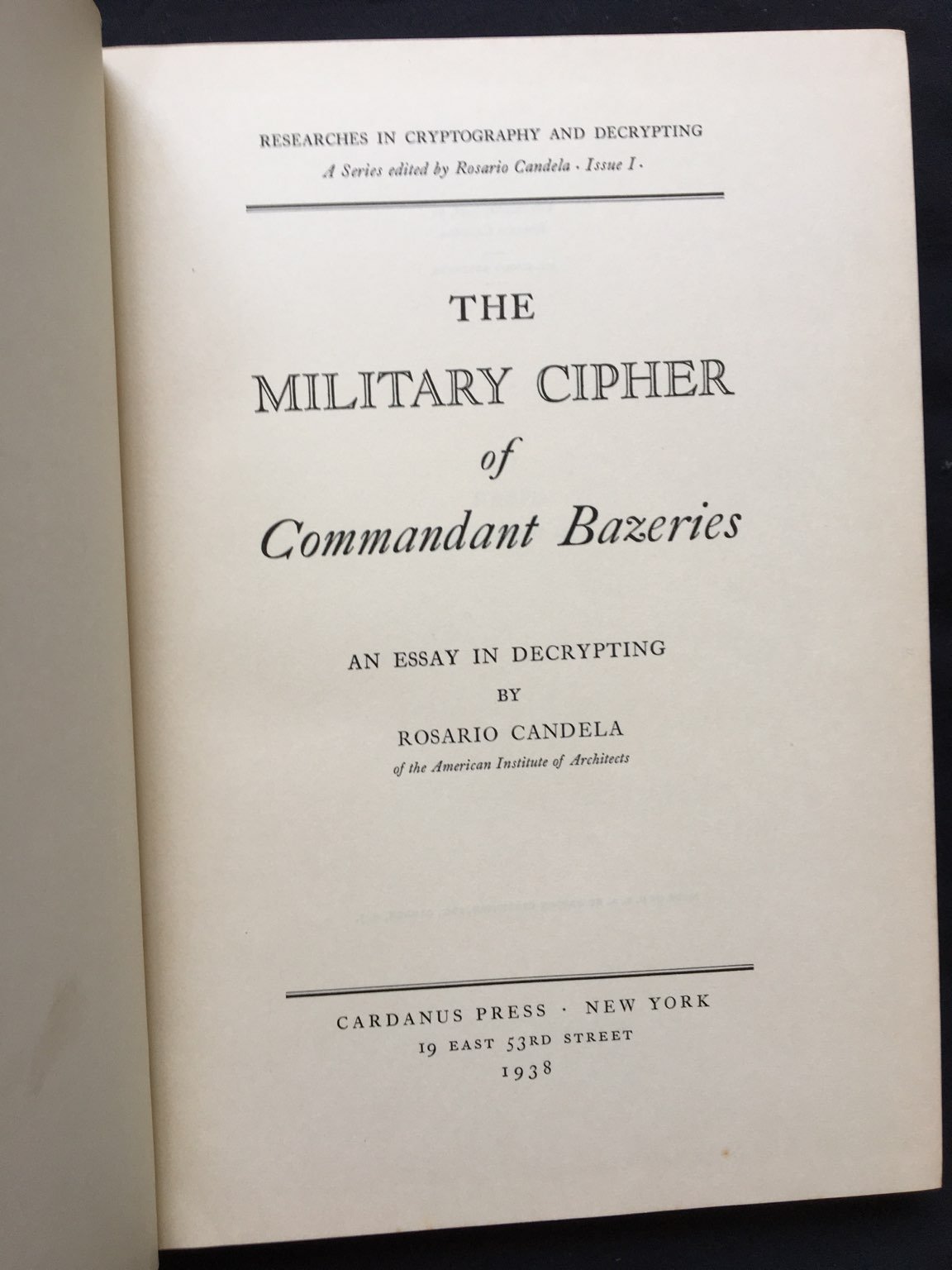
![Rosario Candela : The Military Ciphers of Commandant Bazeries [ Cryptography , Manuscript Pages ] - Image 2](https://www.ellipsisrarebooks.com/wp-content/uploads/2021/06/cipherP1.jpg)
![Rosario Candela : The Military Ciphers of Commandant Bazeries [ Cryptography , Manuscript Pages ] - Image 3](https://www.ellipsisrarebooks.com/wp-content/uploads/2021/06/cipherP2.jpg)
![Rosario Candela : The Military Ciphers of Commandant Bazeries [ Cryptography , Manuscript Pages ] - Image 4](https://www.ellipsisrarebooks.com/wp-content/uploads/2021/06/cipherInserts.jpg)
![Rosario Candela : The Military Ciphers of Commandant Bazeries [ Cryptography , Manuscript Pages ] - Image 5](https://www.ellipsisrarebooks.com/wp-content/uploads/2021/06/cipherPage.jpg)
![Rosario Candela : The Military Ciphers of Commandant Bazeries [ Cryptography , Manuscript Pages ] - Image 6](https://www.ellipsisrarebooks.com/wp-content/uploads/2021/06/cipherCodes.jpg)
![Rosario Candela : The Military Ciphers of Commandant Bazeries [ Cryptography , Manuscript Pages ] - Image 7](https://www.ellipsisrarebooks.com/wp-content/uploads/2021/06/cipherExt.jpg)
